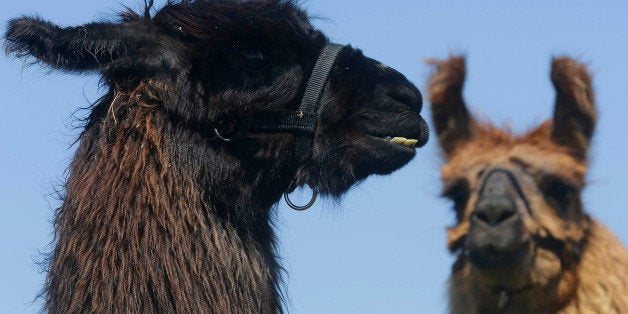
Llamas are big on the Internet, especially Thursday, because two escaped in Arizona.
Funny enough, in the mid-1980s, llamas also were vehicles for financial speculation. The pitch was simple: Buy llamas, have the llamas make more llamas, sell the llamas, make money. It's a pretty simple, and pretty terrible way to try to make money. The only way it works is if the price of llamas keeps going up. Which, in the 1980s, it did -- for a while, at least. Then the price went down, and anyone owning llamas felt a bit like someone owning a whole bunch of tulip bulbs in in Holland in 1638.
The 1980s llama investment craze was particularly acute in Oregon. Llama rancher Lynn Hyder told a The Bulletin in Bend, Oregon, in 1984 that "they're a good investment and very profitable. ... No one has ever bought a female llama and not had their investment back in two or three years and doubled every year after that."
The problem was, this wasn't actually true. As The Bulletin noted at the time, "There doesn't seem to be any reason for such inflation in llama prices except demand. Llamas aren't really good for anything." Their wool is poor quality. They do make decent pack animals, but buying pack animals isn't really a profitable late-20th century investment strategy.
And so the llama bubble, which saw prices reach into the $20,000 range, burst. You can now buy a llama for about a tenth of their bubble-era price. It was, in hindsight, a classic speculative livestock bubble.
A similar boom-bust cycle is happening now with alpacas, which are being described, by someone who wants to sell you alpacas, obviously, as "the world's finest livestock investment. ... Unlike the stock market, alpacas are depreciable over five years." What could possibly go wrong?
